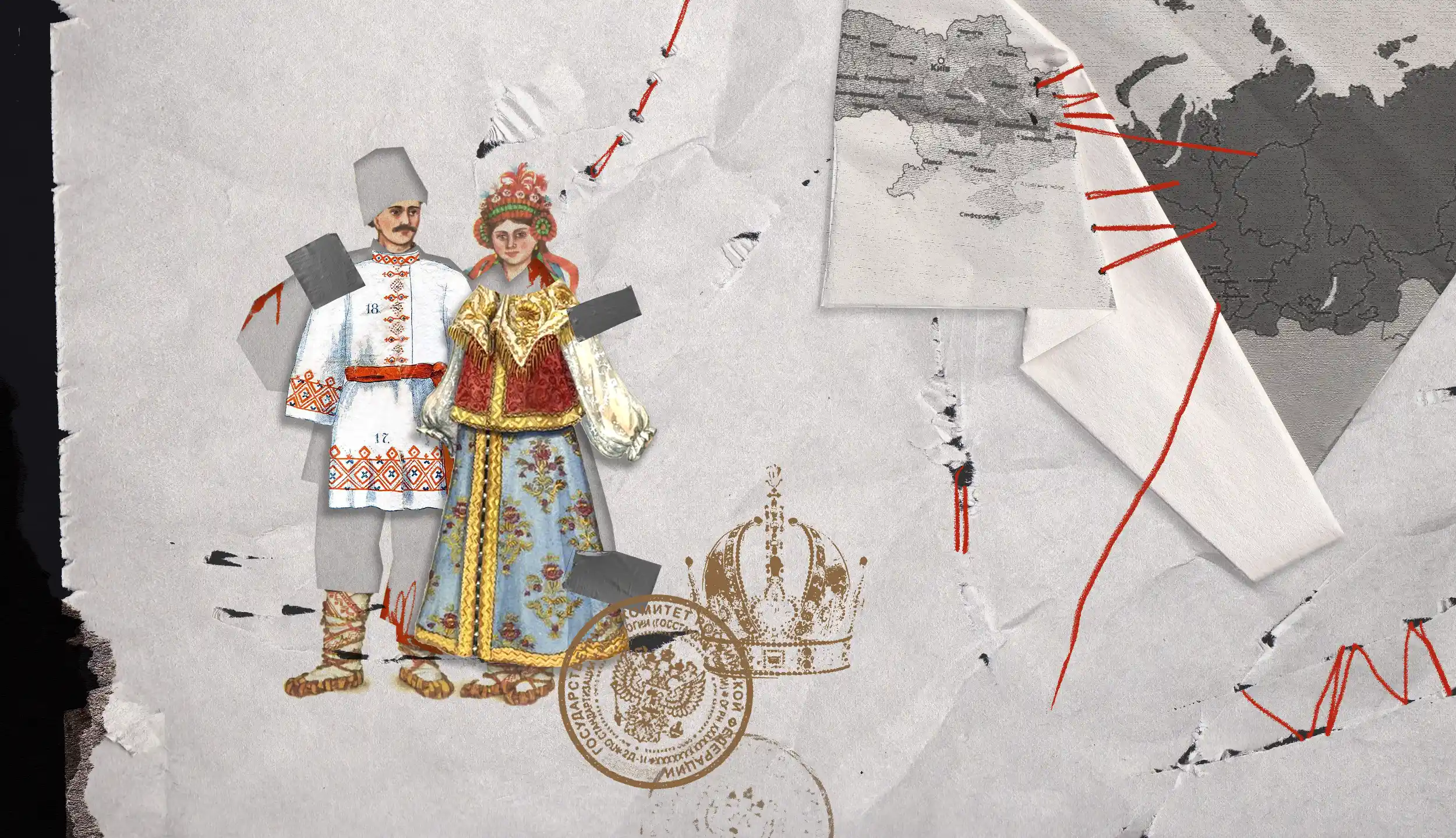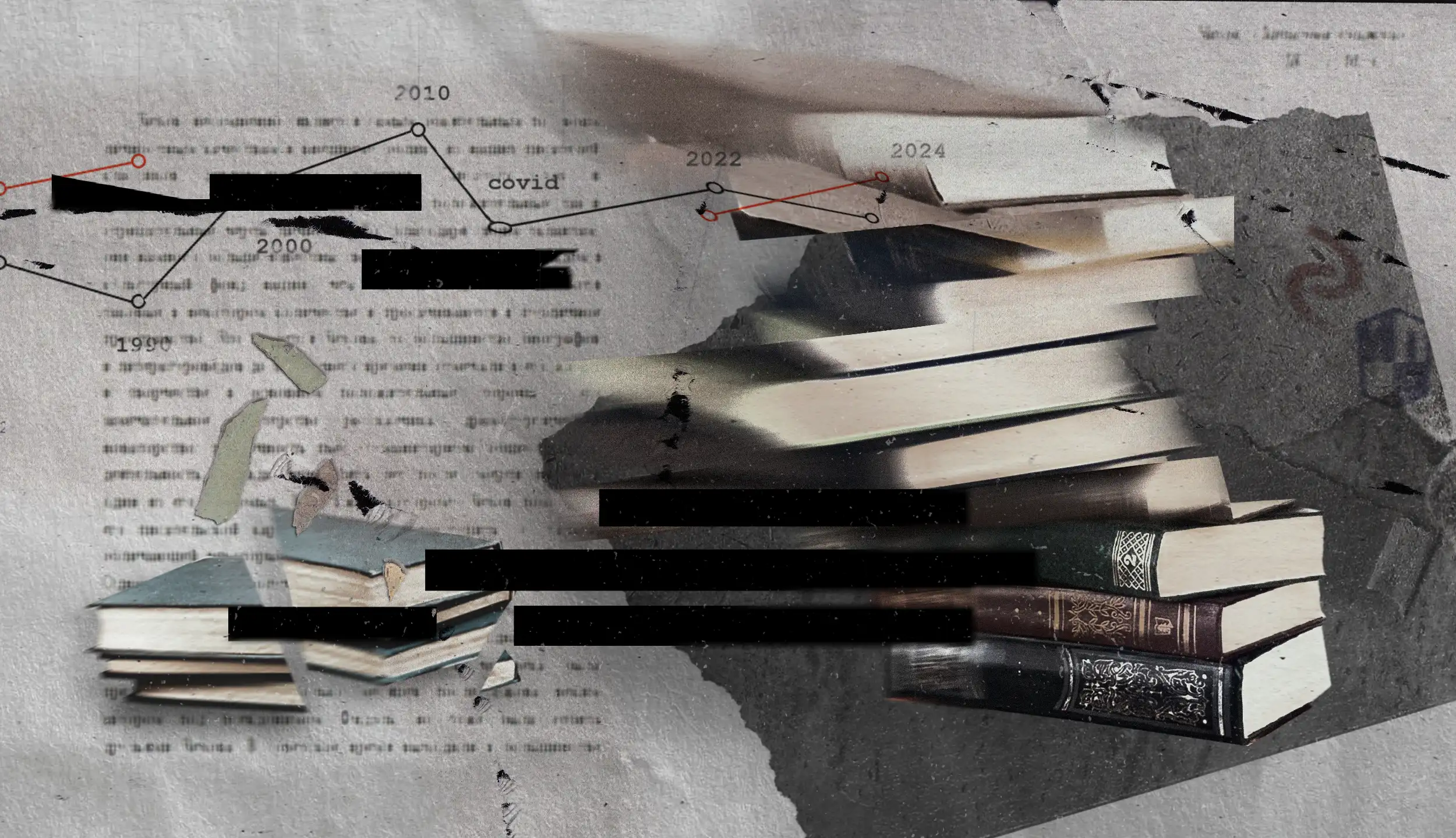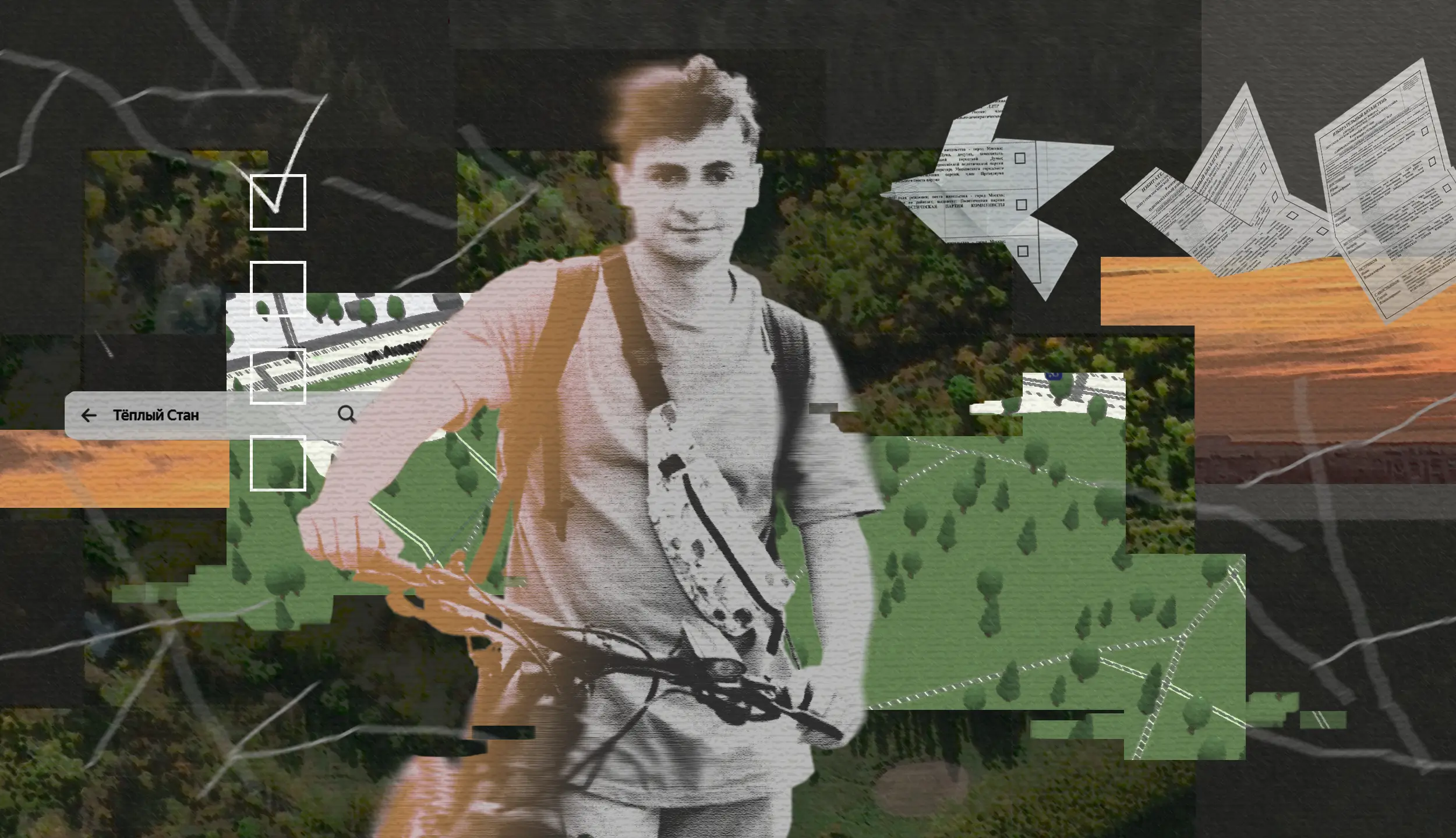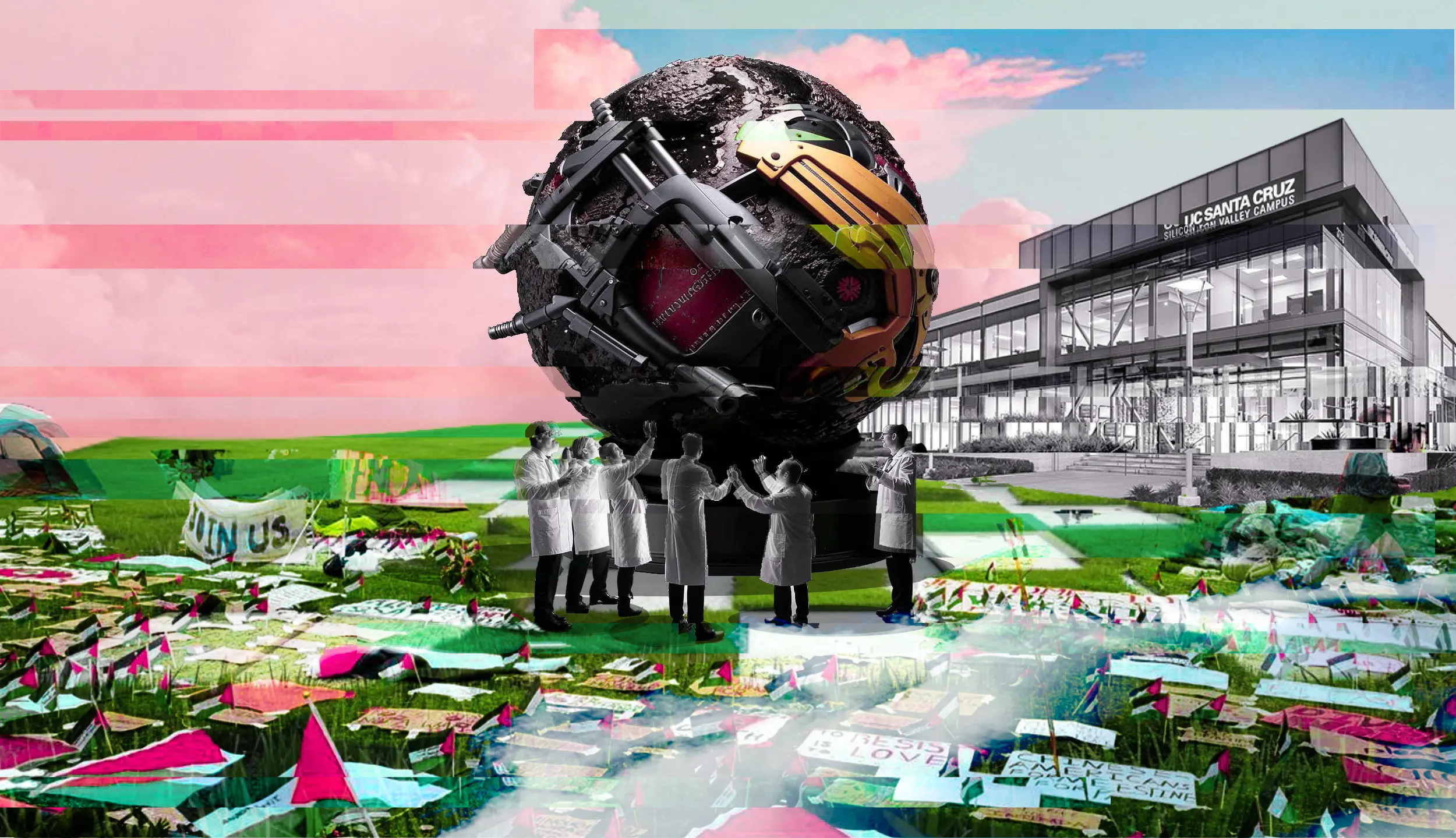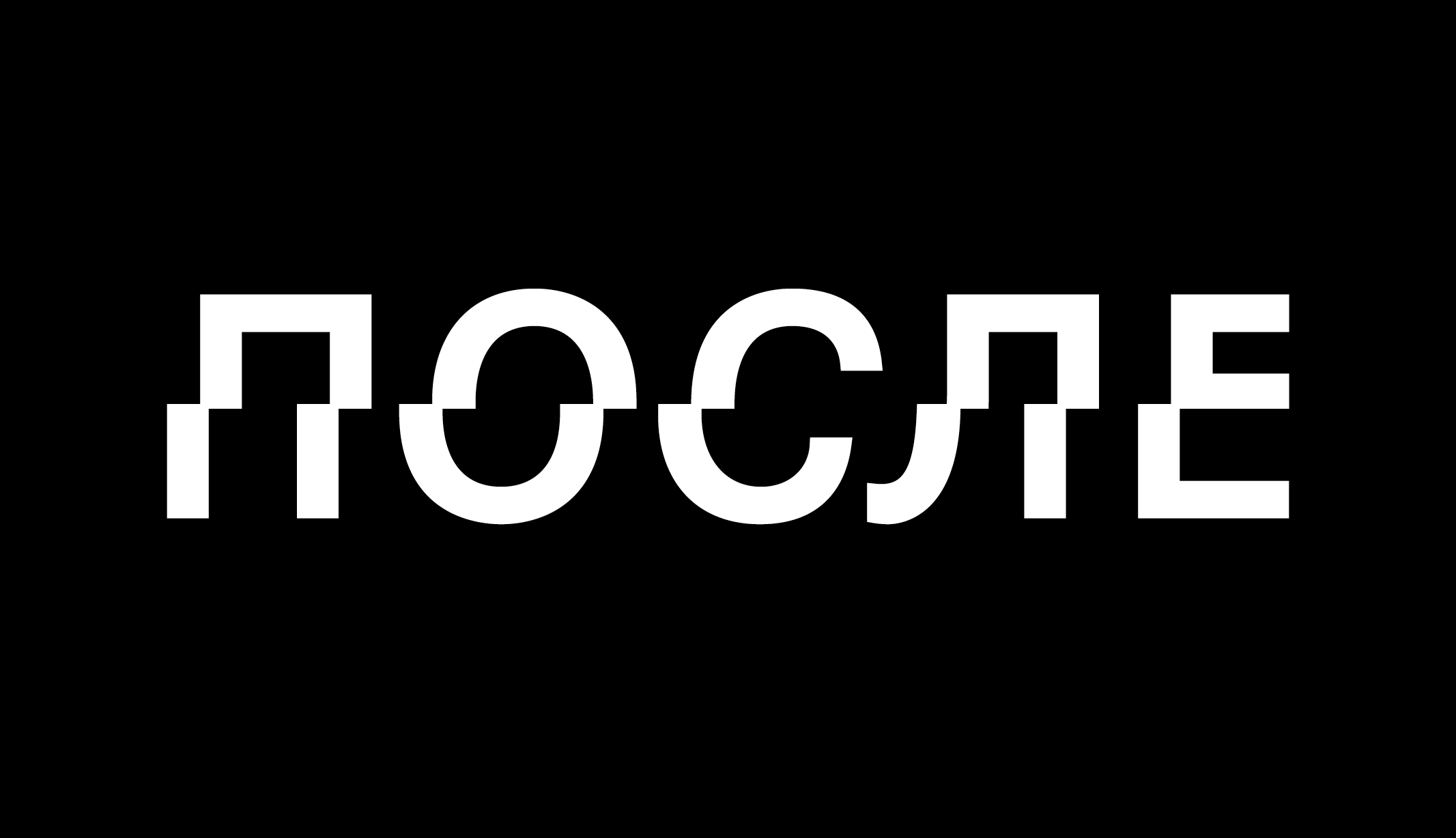As evidenced by numerous public statements from Russian state officials, Ukraine plays a disproportionately important role in their self-representation and worldview. Remarkably, the portrayal of Ukraine as a linchpin for both Russian internal stability and external power had already permeated the Russian political imagination long before Putin’s rise to power. In this article, I will delve into the genealogy of this relationship, tracing its roots back to the 19th century, and elucidate why this political imaginary continues to haunt Russian elites to this day.
We can roughly summarize the narrative underlying Putin’s public statements regarding Ukraine in the following way. Ukrainians and Russians are both part of one nation. The distinct national identity of Ukrainians is an artificial construct created by the Western enemies (Poles, Austrians, Germans) and their agents (Bolsheviks). Without Russian protection, Ukrainians inevitably succumb to the hostile forces of the West who “implant pseudo-values in their minds,” making them forget their Russian nature, and employ them as a “battering ram” against Russia. Destroying the historical unity of Russian people, which includes Ukrainians, the West prevents Russia from taking its rightful position in the world. In short, Ukraine is seen as a pawn in a zero-sum game: if there is an independent Ukraine, Russia cannot become a great power and thus its sovereignty is under threat, because according to this worldview only great powers have true political sovereignty. Consequently, taking control over Ukraine and turning Ukrainians into Russians — in other words, to liberate them from their false (Ukrainian) consciousness and let them rediscover their authentic (Russian) self — is a fundamental requirement for Russia’s very survival.
These ideas are not to be seen as a post-modernist mishmash resulting simply from opportunistic political choices, nor are they a unique product of a senile dictator’s feverish imagination. The narrative put forward to justify the war against Ukraine in the eyes of the population — and first and foremost, in the eyes of the political elites themselves — tap into a reservoir of historically constructed Russian national narrative.
Russia against Western national modernity: you can run, but you cannot hide
It makes sense to trace the origins of Russia’s fixation on Ukraine back to the period that gave shape to phenomena that continue to structure the modern world — nationalism and imperialism. The concept of the nation emerged as a reflection on the role of society in relation to the state, promoting the idea that sovereignty resided in a “people,” the ruler’s authority derived from them, and the ruler had to heed their will through institutions designed for political representation. The plight of Louis XVI served as a stark example, demonstrating to European monarchs that in the face of growing nationalism preserving their legitimacy would become increasingly challenging. The statesmen of post-French Revolution Europe were thus faced with a dilemma: they needed to maintain an empire to exert influence on the global stage while becoming a nation to secure internal political legitimacy1.
In major European empires, such as France and Great Britain, building the nation didn’t necessarily contradict the preservation and expansion of the empire. Their national homes were separated by seas from their conquered possessions and maintaining a rigid physical and symbolic distance between the two allowed to grant some political rights to rebellious masses in the metropolis without radically jeopardizing their ability to dominate and exploit colonies. In Russia, an immense continental empire where all social and geographical boundaries were blurred, defining the nation, as well as separating metropolis from colonies and subjects from citizens without destroying the fragile imperial balance was an almost impossible task. Nevertheless, in order to compete with western imperial rivals, Russian political elites strived to emulate their modernizing strategies.
The Decembrist revolt in 1825, led by veterans of the Napoleonic Wars, the 1830 revolutions in France and Belgium, the Polish uprising of 1830–31 and the 1848 Springtime of Nations intensified the Romanovs’ fears that the West was conspiring to strip Russia of its hard-earned great power status won after Napoleon’s defeat. However, these events also underscored the pressing need to embrace certain elements of the national idea.
In a highly authoritarian monarchic state, where no conditions existed to build a nation based on horizontal solidarity and collective political will, a surrogate for a “nation” was proposed — an organic community of interests between the church, the monarch, and his subjects. Its historically authentic original essence, supposedly uncorrupted by the West, was thus to be rediscovered. Drawing inspiration from German idealist philosophy, educated Russians embark on a quest for a culturally homogeneous, spiritually united, and historically grounded Russian “nation”.
A symbol of Russian authenticity and its historical roots, lying on the surface, was the myth of the Ancient Rus and its Slavo-Russian people. Forged in the mid-seventeenth century by Kyivan Orthodox clerics2, it had been continually revitalized in the struggle against the Poles and was thus ready for use. Allegedly conservative in outlook and opposed to the imagined West, the idea of the all-Russian nation composed of Great Russians and Little Russians, was in fact very modern and western, aligning with the organicist and primordialist vision of the nation predominant in post-Napoleonic Europe. Even in an apparent rejection of the “decadent” West, one remained under the influence of Western epistemological domination, meaning that the nation-centered imagination was permeating the minds of literate subjects of Russian empire3.
Policies aimed at preserving traditional autocratic rule in a rapidly modernizing world proved fatal in 1856 when Russia suffered defeat in the Crimean War. Suddenly, it became evident that simply asserting one’s status as a great power wasn’t enough; it needed continuous reaffirmation. To keep its place in the club of great powers, Russian leaders had to embark on radical measures to “catch up.”
While the goal of making Russia modern and competitive made consensus, the visions of the means to achieve this end diverged. To preserve the delicate balance within the imperial setting, imperial bureaucrats still had to navigate diverse group interests and continue governing different populations differently. In contrast, national-minded and Europeanised intellectuals, mostly out of touch with the reality on the ground, were convinced that only the national unity of all Russians — “Great, Little, and White” — was a necessary condition for imperial strength. Looking up to British, French and now German counterparts, they believed that the Russian empire also needed a master nation — narod-khoziain. Advocating for a stricter ban on everything Ukrainian, they presented the national assimilation of “Little Russians” as a crucial measure for maintaining the Empire’s competitiveness. The reasoning behind this stance was that if Ukrainians were not becoming part of the nation, Russia would risk falling behind France and Great Britain, allowing Germany to take the lead, and would remain in the company of the Habsburgs and the Ottoman Empire — destined to decline due to the lack of a strong national core. The notion that a state cannot exist without a nation, however defined, had already permeated the thoughts of educated Russians, both liberal and conservative.
Ukraine’s land and population — an indispensable imperial resource
Not only the assimilation, but also the economic exploitation of Ukraine was seen as crucial for the empire’s competitiveness. With its dense population, abundant resources, and strategic geographical position, Ukraine exerted an unparalleled influence on Russia’s economic power compared to other territories. Its lands were a primary source of grain for foreign trade. Through the export of wheat, Russia secured foreign loans that fuelled industrialization. The same lands of Southern and Eastern Ukraine also had become the epicentre for mining and metallurgical industries, crucial for technological advancements and armaments.
Ukraine also served as a demographic reservoir of Slavic Orthodox settlers who could be dispatched to the remote corners of the empire, solidifying control over its ever-growing expanses. Settlers were granted pre-eminent rights to land use, at the expense of indigenous populations and were deemed an “invaluable military resource for securing Russian rule” in the periphery4. In addition, the conversion of Slavic peasants into agents of “civilization” allowed the state to present this colonization enterprise as an expression of unity and shared interests between the authoritarian regime and the “nation”.
The adoption of modern colonial practices in the Asiatic peripheries, with its exclusionary policies toward populations deemed alien, was accompanied by a clear shift toward hardline nation-building in the Slavic “heartland” of the empire, undergoing a transformation into pure organicist ethnonationalism. This zero-sum game between assimilation and exclusion led to extreme polarization between Ukrainian and all-Russian nationalisms. The option of remaining loyal yet distinct was no longer viable for Ukrainians, thus pushing numerous cultural entrepreneurs on a path of political activism.
Fueling nationalism to preserve the empire — Russia on the road to disaster
After the failed war with Japan and the revolutionary crisis of 1905, the autocracy and the Empire’s elites were confronted with the apparent fragility of the state, a factor which increased their will to strengthen the national body. Ukrainian nationalists, disrupting this unity, were now cast as agents of foreign powers and turning Slavic Orthodox peasants into loyalist conservative “Little Russians” was now seen as a matter of national security. Presenting their project as essential for unifying the nation and safeguarding it against the perceived external threat, all-Russian nationalists in Ukraine were at the forefront of rapid intrusion of nationalism into imperial politics. But activating nationalism, however reactionary and loyalist, led to a logical outcome: different groups, including Russian peasants, wanted the state to become their state, to protect their interests.
A move towards democratic representation, however, required either the breakdown of the empire into segments with equal citizenship within them, or the abandonment of indirect rule in favor of a unified, direct citizenship for all. Unwilling to sacrifice either the integrity of the territory or the autocratic regime, the tsarist authorities continued to keep the entire population in the status of subjects, fostering alienation and frustration throughout the nationalizing imperial society. The all-Russian nationalists’ ivory tower met a brutal end in 1917, as a wave of popular uprisings unleashed the many nation-building and state-building projects simultaneously.
To recap, Russian rulers in the 19th century sought to uphold their standing among the great powers, navigating the challenges of their state’s declining position. Seeking to maintain status in the face of the geopolitical and epistemic power of a modernizing and nationalizing Western Europe, Russia found in Ukraine an important focal point for its political and intellectual elites. Building an indivisible Russian national core, achieved through the suppression of Ukrainian distinctiveness, was presented as the only way to maintain the empire, and uphold its great power status alongside the imagined West. However, the defence of the empire’s unity through nationalism structurally contradicted age-old customs in Imperial governance, which relied on accommodation and rule through difference. The inherent contradiction between the predicament of the imperial situation and the geopolitical and intellectual imperative to become “modern” (and thus national) put Russia in a state of domestic instability. This instability, however, was perceived as evidence of external interference — a supposed anti-Russian plot of Western enemies — making Ukrainian assimilation into the body of the Russian nation a matter of utmost importance.
The intriguing resilience of Russia’s obsession with Ukraine
Although both 1917 and 1991 mark undeniably significant turning points, one must also pay attention to continuities across these revolutionary divides.
Despite the late Russian Empire and the Soviet regime being rooted in distinct and opposing ideologies, certain predicaments shaped the essence of the imperial elite’s self-perception and their worldview. Akin to its predecessor, the USSR operated as an imperial polity by projecting its power outward, while maintaining and using differences between its various ethnic groups and territories as a divide and rule strategy. During the Soviet period, authorities never made a clear choice between uniform (national) and differentiated (imperial) governance. Soviet authorities layered one temporary solution upon another, accumulating contradictions5. Much like its predecessor, the USSR sought to build and maintain great power status within an international system largely shaped by the western model of nation-state modernity. Despite having a potentially broader appeal through its communist ideology, the new iteration of the empire encountered significant challenges in imposing its influence. The reluctance was notably pronounced in the territories incorporated after WWII. Western Ukraine, with its post-war nationalist resistance to Soviet power, was among the “poisoned gifts” of imperial overexpansion towards the West and further cemented the image of a western enemy’s agent, which had now taken the form of a Ukrainian nationalist.
At the same time, the desired “merging” of nationalities into a singular Soviet “nation” occurred mostly among ethnic Russians, (non-western) Ukrainians, and Belarusians, de facto recreating the pattern of an all-Russian “triune” nation. In line with the late tsarist practices, Sovietized Eastern Slavs were relocated to a less “reliable” imperial outskirts in Central Asia, Baltic countries, and Western Ukraine. The official dissolution of the USSR in 1991, signed solely by the leaders of Russia, Ukraine, and Belarus without informing the 12 other remaining republics, left no doubt about the real hierarchy of nations behind the myth of a “brotherly union.” But immediately after the separation, Ukraine faced pressure to relinquish parts of its sovereignty in favor of new structures led by Russia, aimed at preserving its economic and political weight on the global stage. During Putin’s rule and his project of the Eurasian Union, the desire for control over Ukraine intertwined even more with aspirations for greater geopolitical influence.
For a long time, Putin’s state refrained from committing to a singular vision of the Russian nation, reserving the possibility to activate any lever depending on the political circumstances. However, most of the discursive instruments in their “toolbox” appealed to resentment and asserted that Russia’s political and nation body were not aligned. This narrative fueled nationalist aspiration to re-establish congruence between the two, fostering the illusion of shared interests between the elites and the people. But even if the mythmaking initially started for the sake of social mobilization, ideologies possess a tendency to enthrall even their creators, eventually spiraling out of control.
- Dominic Lieven, “The End of Tsarist Russia: The March to World War I and Revolution.” Penguin Books, 2015. ↩︎
- Kohut, Zenon E., “Origins of the Unity Paradigm: Ukraine and the Construction of Russian National History (1620s–1860s).” Eighteenth-Century Studies 35, no. 1 (2001): 70–76. ↩︎
- Илья Герасимов, Марина Могильнер, Сергей Глебов. Новая имперская история Северной Евразии. Балансирование имперской ситуации: XVIII—XX вв. Ab Imperio, 2017. ↩︎
- Alexander Morrison, “Russian Settler Colonialism. The Routledge Handbook of the History of Settler Colonialism, ed. Edward Cavanagh and Lorenzo Veracini.” London and New York: Routledge, 2017. ↩︎
- Jeremy Smith, “Was There a Soviet Nationality Policy?” Europe-Asia Studies 71, no. 6 (2019). ↩︎

